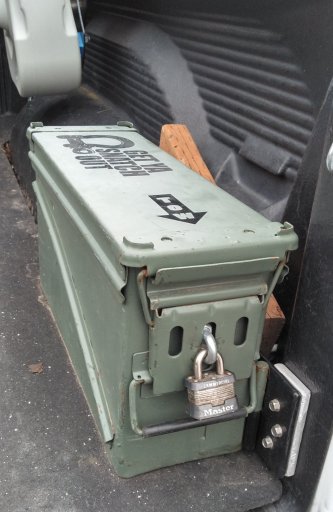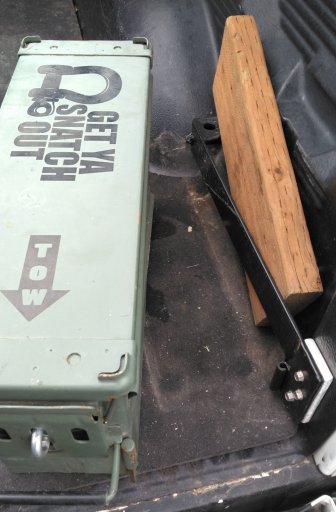
Enthusiast III
My factory scissors jack is about worthless with my lift. I've got White Knuckle rock sliders (not pictured in my avatar) for lift points. Plus, they offer the lift mate (for tire lift) and bumper lift (not that I would use that one) accessories. Hi lifts can also double as a winch if needed (a big giant PITA winch, but...). Anyhoo.... Thanks for the thoughts to consider!You might not actually need a hi lift or traction boards. In many cases a quality factory jack and saddle adapter can be a safer and lighter option than a hi lift. Also, keep in mind that your truck needs to have usable lifting points for a hi lift to work. Traction boards can be useful in soft terrain (sand, snow, etc), so their value depends on the conditions you run into. The downside is that they take up a good amount of space.
Solid front and rear recovery points and a recovery strap will get you a really long way (as long as there is another vehicle around).





